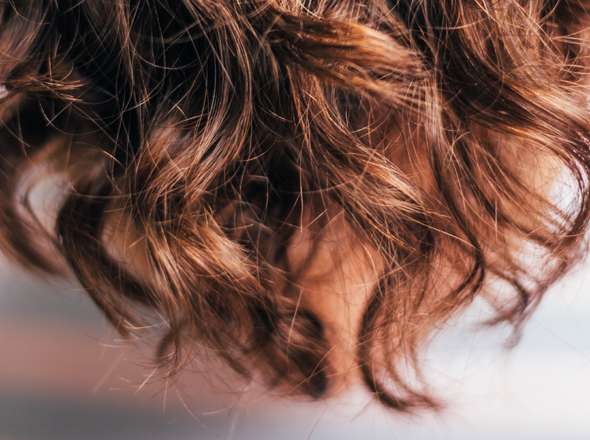
Your hair should be your crowning glory. Not only is it the first thing that people notice about you (and that is something on which psychologists and hairdressers are in perfect accord) but it also offers you the most immediate prospect of change that you have. The way you wear your hair, its color and condition all reflect a style. But first you hair and scalp must be in the best possible coition.
The kemara hair care solutions are formulated using natural and Organic ingredients which includes pure essential oils, vitamins, plant algae, vegetable oils etc to help you achieve a lustrous head of hair.
Skin Structure
Hairs are keratinized, dead structures which arise from hair follicles (pore-like indentions in the skin) Each hair follicle has one or more sebaceous glands and a muscle that contracts to make the hair stand on end in response to cold or fright. The chief element of hair follicles is silica, found in all natural foods such as fruits, vegetables, and whole grain cereals. Sebum oil from the sebaceous glands is a lubricant for the skin and keeps the hair soft. The root is that portion of the hair that lies inside the follicle the shaft is the part of the hair above the skin surface. The base of the root is called a bulb which surrounds a mass of loose connective tissue, the papilla which contains a blood supply and other elements essential for the growth of hair. On average hair grows 12mm/1/2 inch per month. Each day 20-50 hairs are shed ( just as dead surface cells are lost daily from the skin) Once a hair is shed the follicle degenerates to half its normal length and can take from 60-150 days to reconstruct and begin a new cycle of growth. A normal scalp has between 24 and 40 layers of dead cells which are constantly moving up to the surface where they are shed and replaced in a 28- day cycle. Dandruff usually means that 20-30 layers are flaking at once, exposing new cells before they are hardened and causing skin sensitivity and damage.
Taking Care of your hair (treating your scalp)
Hair care ingredients should be as biologically compatible with skin as possible, and able to work with the natural secretions to provide a nutritional balance. Avoid harsh chemicals and treatments which often contain detergents, thickeners, colors and perfumes as well as toxic substance such as dioxane, formaldehydes, petrochemicals, ethylene oxide and N-nitrosamines, all of which are readily absorbed through the skin.
To bring back your hairs essential beauty, natural and organic products are the best.